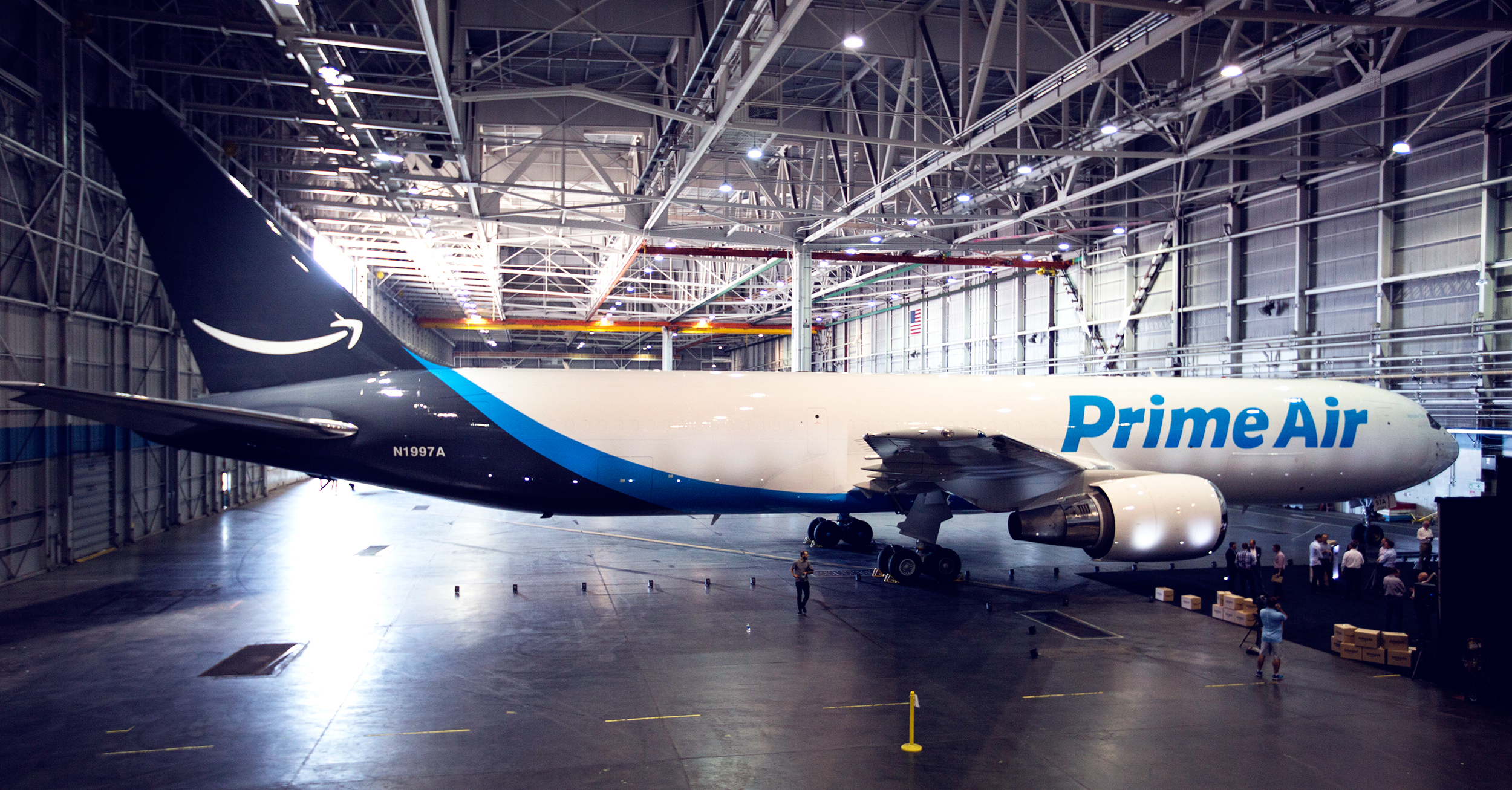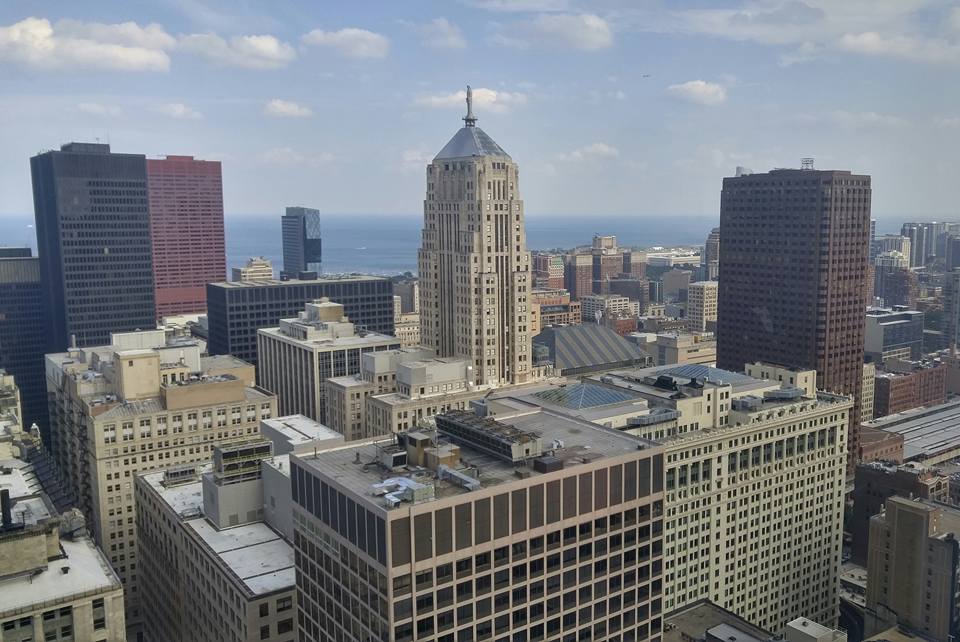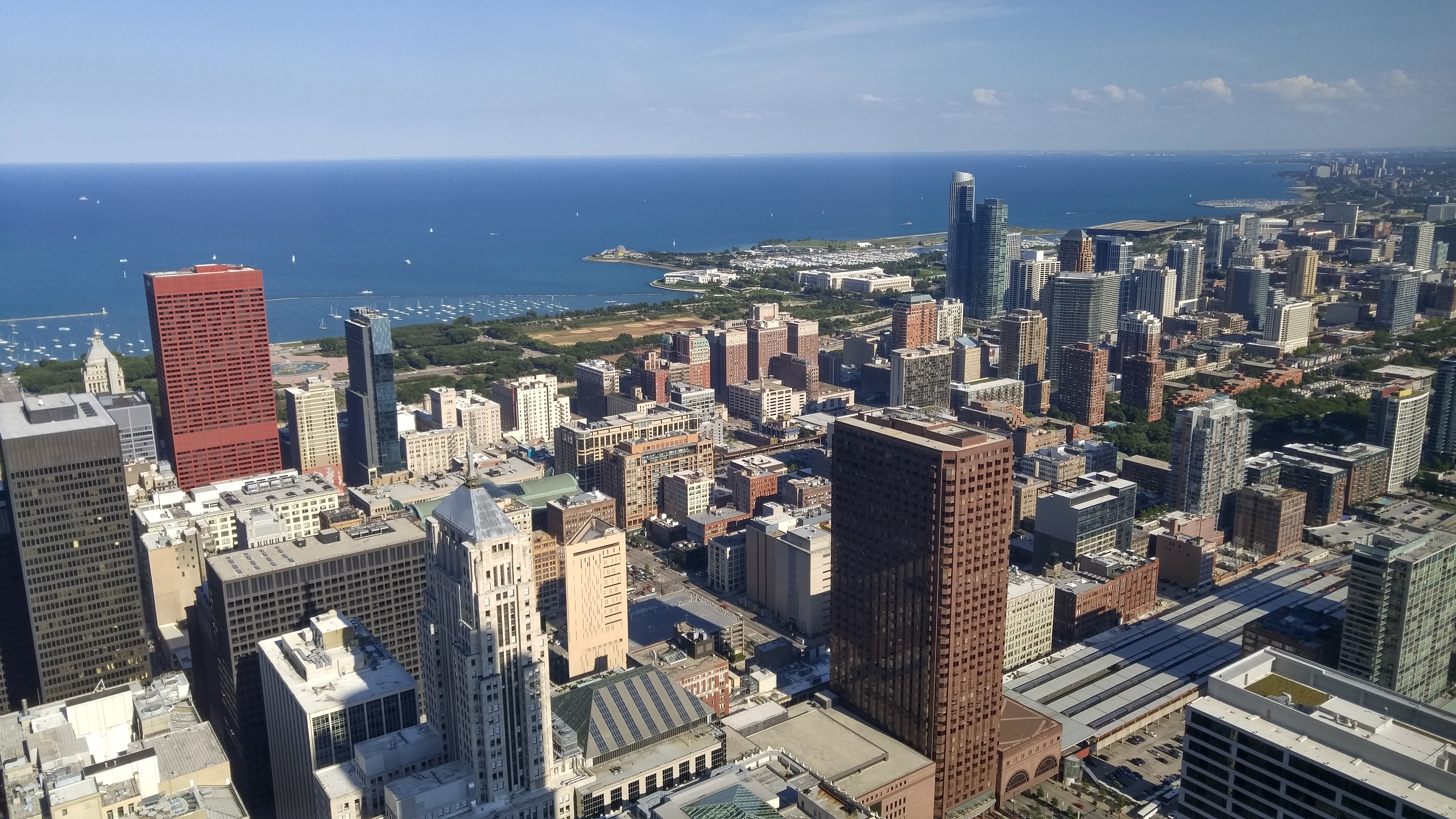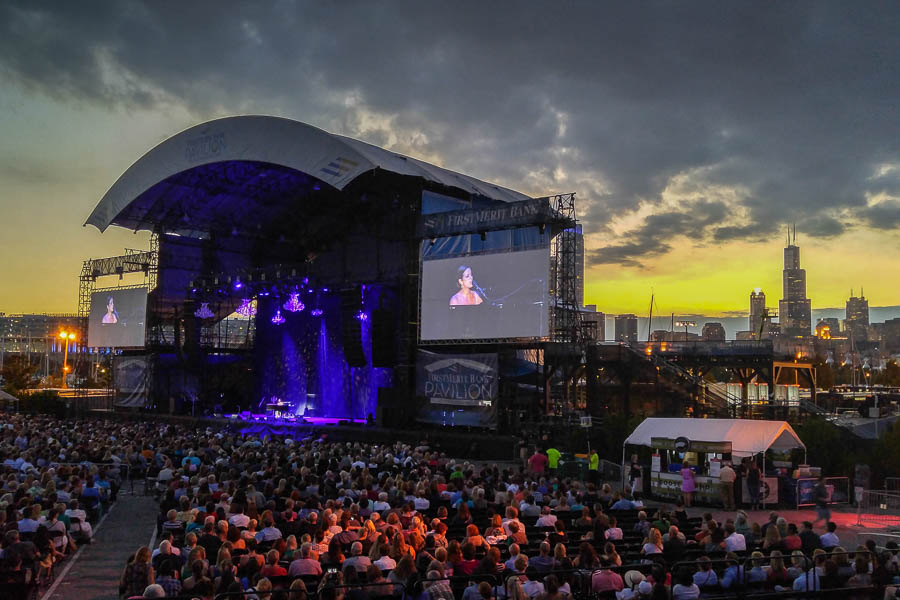So says New Republic writer Bill McKibben:
We’re used to war as metaphor: the war on poverty, the war on drugs, the war on cancer. Usually this is just a rhetorical device, a way of saying, “We need to focus our attention and marshal our forces to fix something we don’t like.” But this is no metaphor. By most of the ways we measure wars, climate change is the real deal: Carbon and methane are seizing physical territory, sowing havoc and panic, racking up casualties, and even destabilizing governments. (Over the past few years, record-setting droughts have helped undermine the brutal strongman of Syria and fuel the rise of Boko Haram in Nigeria.) It’s not that global warming is like a world war. It is a world war. Its first victims, ironically, are those who have done the least to cause the crisis. But it’s a world war aimed at us all. And if we lose, we will be as decimated and helpless as the losers in every conflict--except that this time, there will be no winners, and no end to the planetwide occupation that follows.
The question is not, are we in a world war? The question is, will we fight back? And if we do, can we actually defeat an enemy as powerful and inexorable as the laws of physics?
Meanwhile, scientists are saying that only about 30 major cities will remain cool enough to host the 2088 Olympics:
[Kirk Smith, a professor of global environmental health at University of California, Berkeley] and his colleagues looked the climate conditions of 645 cities in the Northern Hemisphere that are eligible to host the Olympics. Cities that had fewer than 600,000 in population were excluded, as were those that exceeded 1,600 meters (or roughly 5,250 feet) in elevation. They used data from two standard climate models to calculate the temperatures and humidity of those cities over the next century, assuming the levels of greenhouse gas emissions would remain high. With those numbers, they then estimated each city’s wet-bulb globe temperature (WBGT), a measure of heat stress that takes into account temperature, humidity, heat radiation, and wind.
Cities are considered to be of high to medium risk if their WBGTs exceed 26 degree Celsius (or 78.8 degree Fahrenheit), which the researchers say is the maximum temperature to safely hold marathons, considered by some to be the most demanding events in the Olympics. (That’s actually a conservative measure; a 2010 study put the temperature threshold of risky marathons at 70 degrees Fahrenheit. Another analysis, based on data from more than 2 million marathoners, found the ideal temperature to be as low as 40 to 50 degrees.)
London and San Francisco meet the grade. Chicago is "medium risk." No cities in South America or Africa will be "low risk" by then.
Via Babylon 5 actress Patricia Tallman's Facebook feed:
I haven't had time yet to go through all my photos from this weekend, complicated by my refusal to pay $13 for Internet service at my hotel. So until I get some free time, here's one photo from Saturday's game:

I exaggerate. I'm going to Minneapolis, which has cooler temperatures than Chicago but should not require a heavy coat this time of year.
Eight years ago I visited Turner Field in Atlanta, the 14th park on the 30-Park Geas. Target Field, where I'm heading tonight, will be 27th. After this, only five remain, including the anti-Wrigley in St. Louis.
Going into tonight, the last-place Twins (46-70) will face the third-place Royals (56-59), who, interestingly, bracket the fourth-place White Sox (55-60). So this won't exactly be the most exciting game I've ever seen. But the weather should be good, and apparently Minneapolis has some decent beer (even at the park), so I'll probably have a pretty good time.
Amazon this month launched the first of what it plans to comprise a fleet of 40 cargo planes to support its Prime delivery service. From their blog:
Now, we see the same opportunity to innovate in transportation. I'm very excited to introduce Amazon One, a Boeing 767-300 that is our first ever Amazon branded plane which will serve customers by adding capacity to support one and two day package delivery in the US. Adding capacity for Prime members by developing a dedicated air cargo network ensures there is enough available capacity to provide customers with great selection, low prices and incredible shipping speeds for years to come. Over the next couple of years, we’ll roll out 40 planes just like this one.

Fortune spells out the effects on Amazon's business:
For Amazon, the main benefit of owning the shipping network could be significant for its bottom line amid soaring shipping costs. The company spent over $8.7 billion on shipping in 2014, up from $6.6 billion in 2013. Creating a logistics service could dramatically lower those costs.
Amazon will lease the airplanes from Atlas Air Cargo, potentially owning almost 20% of Atlas's fleet.
(Photo: Amazon)
Sometimes, when I'm really busy, I click on articles I want to read. Right now I have a lot tabs open:
So, altogether, not entirely about the election.
WBEZ's Curious City audio blog explains that Chicago hoped to be America's aviation hub all the way back in the 1920s—for airships. But it's not the ideal environment in which to dock them:
When it comes to Chicago buildings that may or may not have had airship docking infrastructure, we encounter only a few leads. One involves the Blackstone Hotel. In a 1910 article from Chicago’s Inter-Ocean newspaper, the Blackstone’s manager confirms plans to build “Drome Station No. 1” on the rooftop — big enough for four airships, housing stalls and a repair shop. The manager said it’s “not a whim nor advertisement” for the newly-opened hotel. Today, though, there’s no evidence the Blackstone’s rooftop landing dock ever existed.
“Docking a large rigid airship to the top of a building is one of the worst ideas anyone could ever come up with, which is why it was never done,” he says.
Airships could be 800 feet long, and a single mast atop a building could provide just one point of contact for tying off. If an airship were moored only at its front, changing winds could spin the ship in circles. In the case of the Club, that would have meant a docked airship could swing into nearby skyscrapers, like the Tribune Tower. It would have been a disaster waiting to happen.
Of course, Chicago eventually became one of the world's principal aviation hubs, but not with lighter-than-air craft.
Every day that I'm in my office (about 3-4 times per week), I take a photo out the window. Here's today's:

We're on the 35th floor of Willis Tower. But we have access to the 66th floor lobby, so on really clear days I'll sometimes post something like this:
Members of the Apollo Chorus backed up Josh Groban at Northerly Island last night. I wish they'd been on stage longer, especially after they sweltered all day without air conditioning backstage.
Sarah McLachlan was one of the opening acts, and the weather, once it cooled down, was superb:
The world's most recent nuclear attack on 9 August 1945 immediately springs to mind, as does Richard Nixon's resignatoin on 9 August 1973. But 9 August 1991 may be almost as important:
On this day 25 years ago the world's first website went live to the public. The site, created by Sir Tim Berners-Lee, was a basic text page with hyperlinked words that connected to other pages.
Berners-Lee used the public launch to outline his plan for the service, which would come to dominate life in the twenty-first century.
"The WWW project merges the techniques of information retrieval and hypertext to make an easy but powerful global information system," said Berners-Lee on the world's first public website. "The project started with the philosophy that much academic information should be freely available to anyone."
Then, on 1 October 1994, during my first year of law school, Berners-Lee founded the World Wide Web Consortium, and here we are.